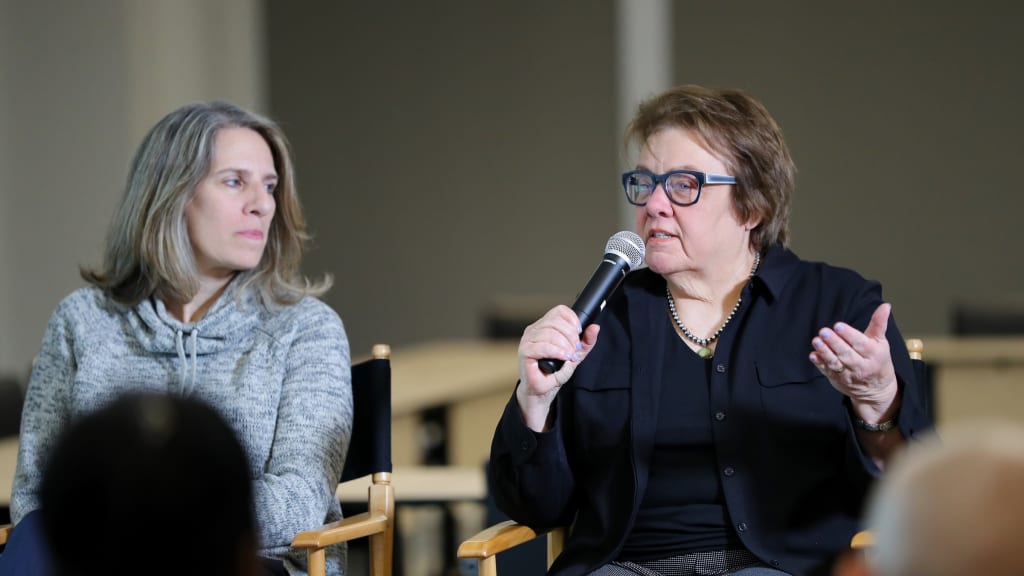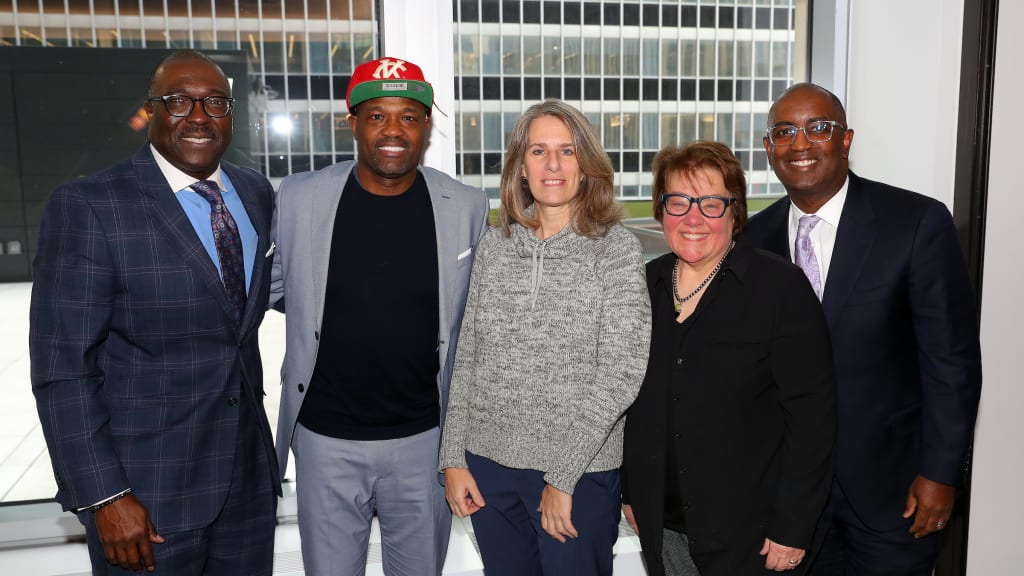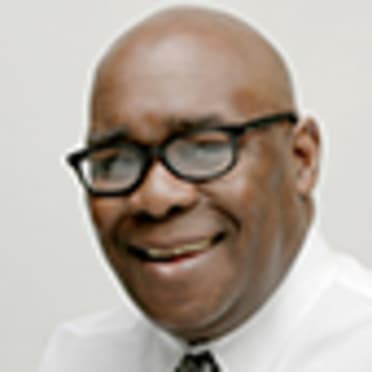
NEW YORK -- As Black History Month nears its end this year, Major League Baseball put together a great panel of experts on Friday afternoon to discuss the Negro Leagues. The forum took place at the league's office -- with at least 100 employees in attendance, who were all ears for this history lesson.
MLB Network’s Harold Reynolds was the moderator of a panel consisting of Bob Kendrick, president of the Negro Leagues Baseball Museum; Tony Reagins, MLB’s executive vice president of baseball and softball development; Negro Leagues author Martha Ackmann; and movie producer and director Lauren Meyer. The group made it clear that the Negro Leagues does not represent only black history, but American history.
“This is more than just a baseball story. This is America at her worst, but it’s also America at her triumphant best,” Kendrick told the audience. “… It is an all-American story because it’s the kind of story that we as Americans typically embrace. It is a story of pride, passion, perseverance and it’s the refusal to accept the notion that you are unfit to do anything, so I’ll show you. You don’t let me play with you, I’ll create my own.”

And, man, did the Negro League players show what they could do on the field. Hall of Famers such as Satchel Paige and Josh Gibson made their mark in the Negro Leagues, which was formed in 1920. Their style of play made baseball exciting and fun to watch. There was Paige blowing hitters away on a regular basis with his fastball and breaking ball. Who can forget the power Gibson displayed at the plate? Legend has it that he hit a ball completely out of old Yankee Stadium.
Not only did players show that they could play the game, the Negro Leagues showed that the game could innovate. The Negro Leagues created the batting helmet, shin guards for catchers and night baseball. Even more amazing, none of the Negro League players showed any bitterness toward MLB, which didn’t integrate until 1947, when Jackie Robinson broke the color barrier.
“The one thing that surprised me, without question, was their humility and their lack of bitterness,” said Meyer, who directed the documentary film “The Other Boys of Summer.” "They didn’t have regret or resentment. They didn’t have anger. I listen to [the Negro League players'] stories about sleeping in a funeral home in Charleston, S.C., because there was no place for them to stay. They were not allowed to eat at certain places.
"I had to ask them, 'Didn’t it make you angry?' Every single player said the same thing. They all answered, ‘No. It was a different time. That’s just the way things were.'"

Men weren’t the only ones who were involved in the Negro Leagues. Toni Stone was the first woman to play in the leagues with the Indianapolis Clowns in 1953, replacing an infielder named Hank Aaron. Effa Manley owned the Newark Eagles and was the first woman to be inducted into the Baseball Hall of Fame.
Ackmann wrote a book about Stone called “Curveball: The Remarkable Story of Toni Stone, the First Woman to Play Professional Baseball in the Negro League.” The author said Stone knew she was being used because she was a woman, but she was living her dream.
“I think about the time Toni played at Yankee Stadium and the sight of a woman running out to Yankee Stadium changed everything,” Ackmann said. “It said you have to reset your assumptions about what women can do. It’s that strength. It’s that perseverance. It’s refusal. It’s a chance to live your dream, even if it’s an imperfect one.”
